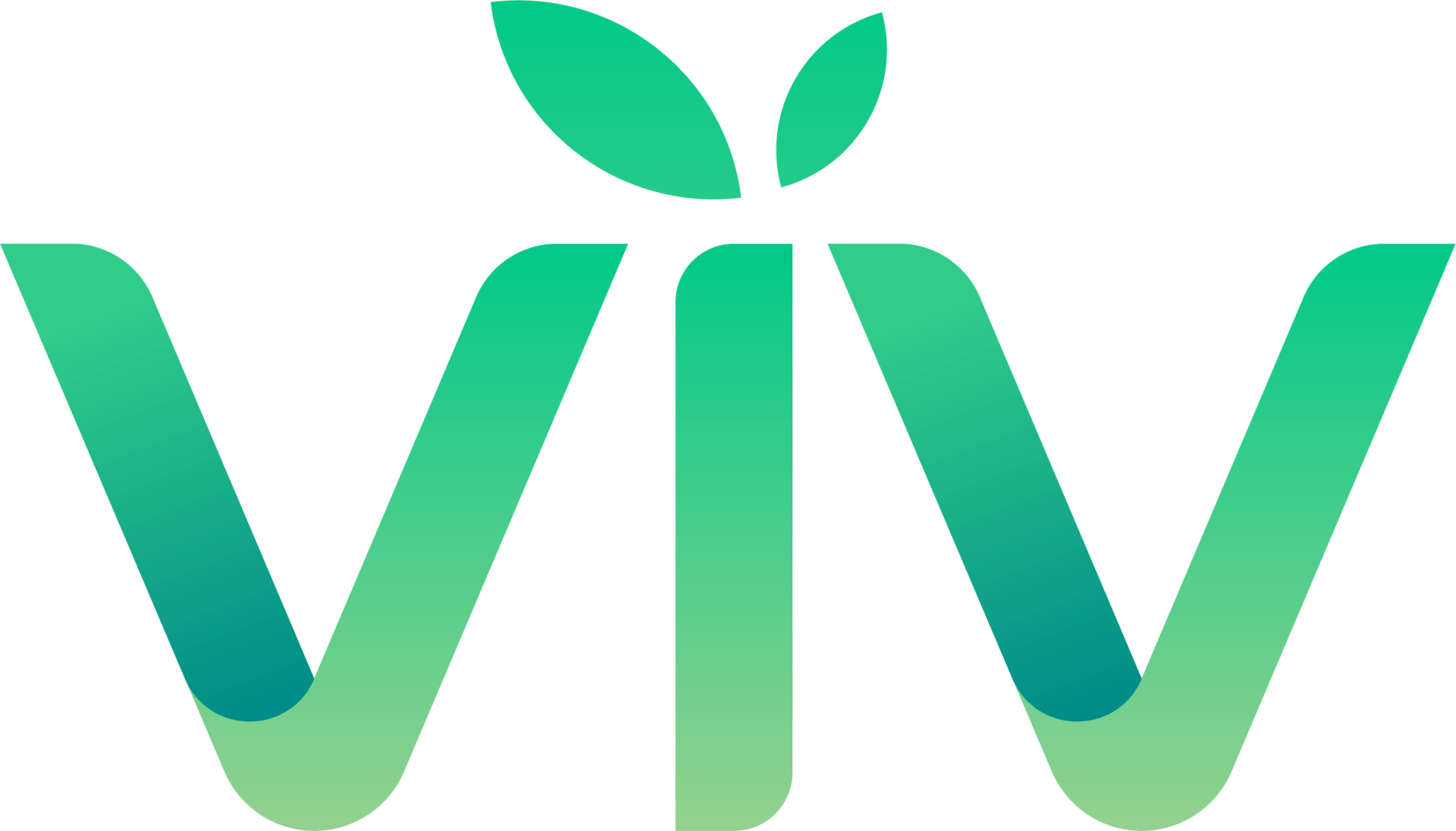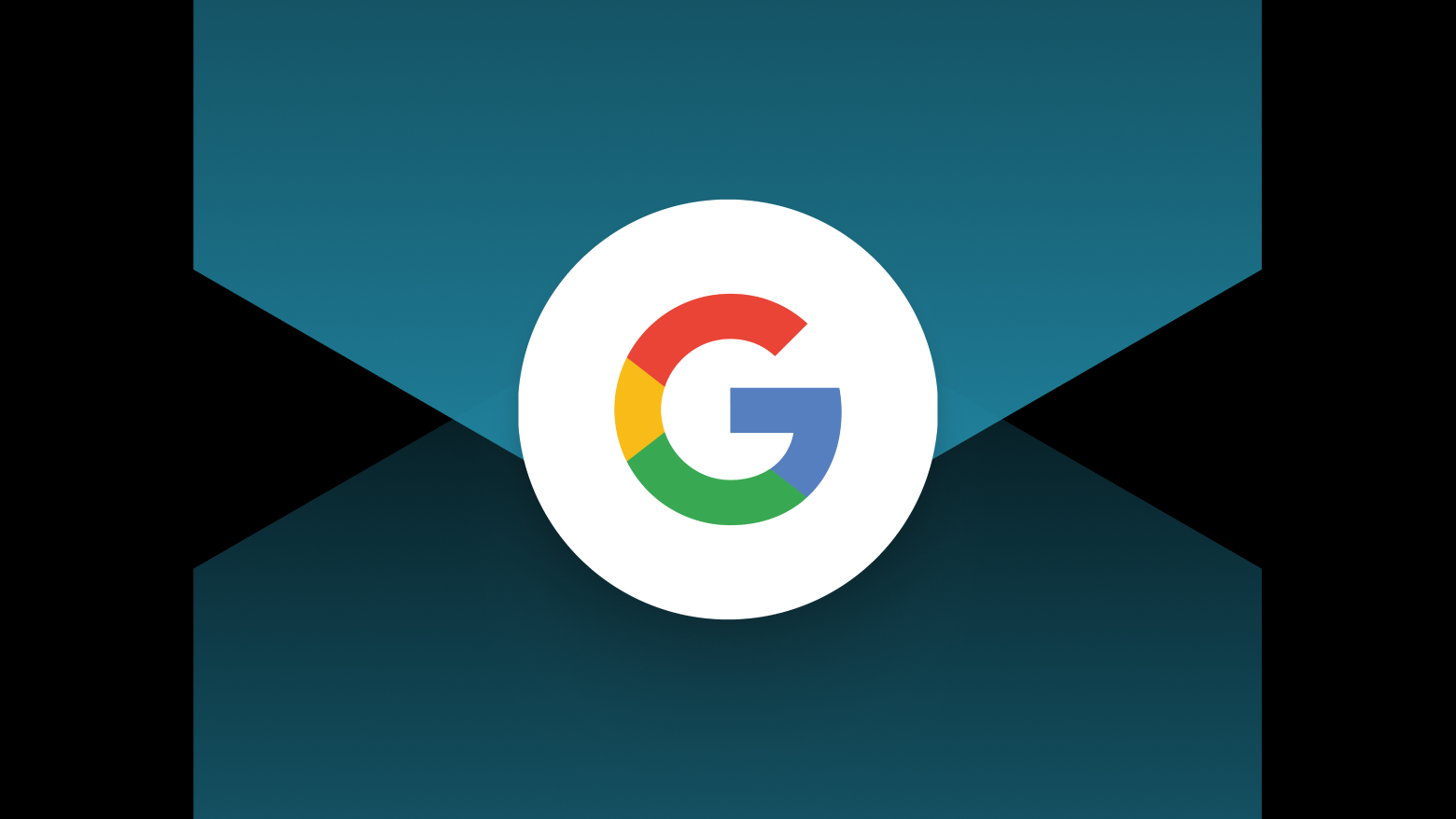15 Holiday Marketing Ideas To Start Using Today
It’s only November, but now is the time for web professionals to help their customers up their end-of-year holiday game. Even service businesses can use this special time of year to re-engage past customers and turn prospects into lifelong clients. As for retail businesses, upping your eCommerce capabilities is absolutely essential, as online shopping will likely be 30% higher than in 2019.
And web pros really shouldn’t wait to get their small business customers ready. Nearly 50% of retailers expect that consumers will start their holiday shopping this month because of the pandemic, according to the National Retail Federation.
Luckily, there are some simple ways to improve your customer’s digital presences now and use various holidays to your advantage.
These include:
- Examine Your Messaging
- Connect Emotionally
- Create Promos for Every Holiday
- Use Hashtags
- Create Bundles
- Optimize Your Site for Speed
- Optimize for Customer Conversion
- Create Holiday-related Content
- Update Your Website
- Personalize Emails
- Use Historical Data
- Take Calculated Risks
- Use Video
- Add Animations & GIFs
- Be Thoughtful About COVID-19
1. EXAMINE YOUR MESSAGING
The best way to win people over is to sell a solution. How does your product or service make their lives easier? Focus on how you’re solving a problem for customers instead of the product/service.
2. CONNECT ON AN EMOTIONAL LEVEL
Going into the time of year when people want to feel nostalgic about past holidays, and try to recreate that, it’s more important than ever to engage consumers on an emotional level. Pull on their heartstrings whenever possible.
3. CREATE SPECIAL EVENTS AND PROMOS FOR EVERY HOLIDAY
Each holiday offers a fantastic opportunity to engage customers in a creative way. For example, Halloween can be a reason to promote your business even if you don’t sell candy or costumes. This year, during the pandemic, people are looking for ways to celebrate safely, with 74% of millennial moms and young parents reporting that Halloween is more important this year than ever.
This provides opportunities for you to help make this Halloween feel special. A gym could announce special Halloween-themed spin classes that incorporate a facial covering. A dentist office could send sugar-free candy bundles to patients. The important thing is to get creative and remind consumers that you’re thinking about them all the time, even during the holidays in the midst of a global pandemic.
4. USE HASHTAGS THAT COULD GO VIRAL
The humble “#” is one of the most important marketing tools social media-savvy marketers have at their disposal. REI’s #optoutside is a famous example. Another less well known one, #WestYellowstoneLove, is used extensively now by visitors to the town of West Yellowstone, Montana, at the west entrance of Yellowstone National Park.
Protip: Keep your hashtag simple and make sure it connects with your targeted audience. Then use it yourself to seed it in the community and ensure users adopt it.
5. CREATE BUNDLES
All kinds of businesses offer bundles, from fast-food combo meals to Dollar Shave Club packages.
And during the holidays, consumers expect deals. In fact, about one in four shoppers say 25% is the minimum discount they would consider a “good sale” and 15% say 30-40% off is the minimum they expect, according to a survey by Swagbucks.
Bundling items together or pushing a yearlong subscription can help you come out ahead in revenue and profits. The key is to use your sales data to see what items or services are often purchased together, and then offer an appropriate-sized deal on the combo.
6. OPTIMIZE YOUR SITE FOR SPEED
If you're using our VIV platform your sites will already adhere to Google's best practices on speed. However, if you haven't, here's what you need to know...
Speed matters. According to Kissmetrics:
- 47% of consumers expect a web page to load in 2 seconds or less.
- 40% of people abandon a website that takes more than 3 seconds to load.
- A 1 second delay in page response can result in a 7% reduction in conversions.
7. OPTIMIZE YOUR SITE FOR CONVERSIONS
Look at how visitors behave on your website. Are they dropping off from the home page after 3 seconds? Instead of sending visitors to your homepage from social media and PPC ads, create a specific landing page for each of those ads. This can have a significant positive impact on customer conversion.
8. CREATE USEFUL HOLIDAY-RELATED CONTENT
This is called content marketing or value-added marketing, which boils down to creating content that helps your customers do their jobs, or live their lives, better.
Restaurants can provide holiday-themed recipes, gyms can provide home workouts for the holidays, IT companies can provide ways to avoid ransomware at the holidays, logistics companies can provide tips on how to properly pack a box — you get the idea. What special content can you provide that ties into your holiday promotions?
9. UPDATE YOUR WEBSITE FOR EACH HOLIDAY
As stated above, every holiday is a chance to offer some kind of theme-based promotion or special event to customers, and a small business’s website should reflect and amplify these efforts. Plan to customize your website for every holiday so it feels both festive and timely. Site visitors will appreciate that you’ve gone the extra mile and added a bit of humanity to your digital presence.
10. USE PERSONALIZED EMAIL MARKETING
Everybody likes to feel like they are being catered to and personalized email can be an incredibly effective tool for driving consumer behavior. In fact, a Salesforce report found that:
- 84% of customers say being treated like a person, not a number, is very important to winning their business.
- 70% of customers say understanding how they use products and services is very important to winning their business.
- 59% of customers say tailored engagement based on past interactions is very important to winning their business.
- Customers are over 2x more likely to view personalized offers as important versus unimportant.
11. USE DATA FROM PREVIOUS HOLIDAY PROMOTIONS
Last year’s holiday data should inform your strategy and tactics. What worked? What didn’t? Additionally, don’t forget to closely track the customer engagement and conversion data you generate this year across your website, social media channels and in-person activities. You’ll need it to inform campaigns going forward.
12. TAKE CALCULATED RISKS
It can be worth taking a risk that emphasizes your brand values. Patagonia is well known for this, with examples like “Don’t Buy This Jacket.” Taking a bold stance can build trust, tug on heartstrings, and appeal to the consumers out there that may become brand evangelists.
13. USE VIDEO WHENEVER POSSIBLE
Video is easier than ever to produce and an incredibly effective medium for driving consumer behavior and engagement. Here are a few data points that illustrate what we’re talking about:
- Pages with videos are 53X more likely to rank on Google, according to Search Engine Watch.
- Video marketers get 66% more qualified leads per year, according to Optinmonster.
- Video results in a 54% increase in brand awareness, according to Optinmonster.
- 93% of marketers say they’ve landed a new customer because of video on social media.
14. INCLUDE ANIMATION ON YOUR SITE GIFS IN SOCIAL MEDIA
You can quickly send a powerful, moving message using GIFs, while creating shareable content for social media. People remember info better when paired with a visual. In fact, when people hear information, they’re likely to remember only 10% three days later, but retain 65% when paired with a visual, according to HubSpot.
It also works in email. Dell’s first GIF-centered email campaign had a 42% increase in click rate, 103% better conversion rate, and a 109% increase in revenue.
Use the Giphy GIF Maker as a starting point, and ask your web developer to use animation on your website.
15. THIS YEAR, BE MINDFUL OF THE COVID-19 PANDEMIC
Retailers are starting end-of-year holiday sales with the hope of avoiding big crowds on traditional shopping days like Black Friday. eCommerce is growing faster than ever and consumers are expected to spend 50% more time online in Q4 2020 than in Q4 2019, reports analytics firm App Annie.
Additionally, 50% of respondents to a survey by Retail Drive said they plan to use curbside or contactless pickup during the holiday season. Therefore, all businesses should continue to provide these options that reassure customers.
EMBRACE THE SPIRIT.
Look at the various holidays as an opportunity to re-engage with your loyal customers and reach new ones. Plan around them as you create your yearlong advertising and marketing campaigns. Use data to inform decisions, try things, and innovate.
In closing, we want to be the first to say, from our family to yours, happy holidays!

We're Helping Local Businesses Succeed. Let’s grow together.
Get in touch today!
Let us know about your marketing goals and one of our marketing specialists will be in contact with you!
Browse Our Packages
We've been lucky to work with over 2,100+ businesses. Check out some of our packages!
CONTACT US
We bring the team to the table to provide the best value for your business strategy. We're experts at collaborating the many different moving parts of digital marketing so that you can be the expert at running your business.
(812) 618-9498
10999 Stahl Rd, Newburgh, IN 47630
USEFUL LINKS
All Rights Reserved | VIV
Evolv, Inc, doing business as Evolv is a registered Independent Sales Organization of Wells Fargo Bank N.A., Concord, CA and Fifth Third Bank, N.A., Cincinnati, OH

